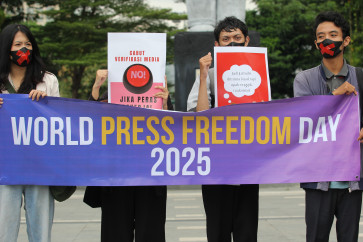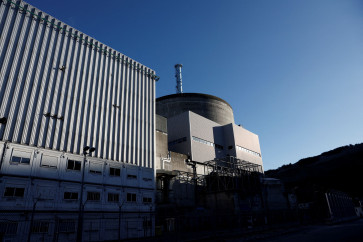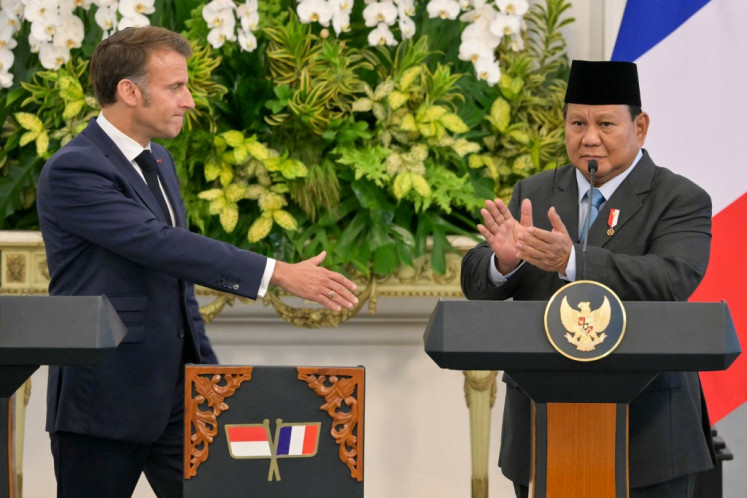Bali to plant 1m rain trees
The Bali administration plans to plant more than one million trees as part of the province’s 2010 tree-planting campaign to revitalise its densely populated areas
Change text size
Gift Premium Articles
to Anyone

T
he Bali administration plans to plant more than one million trees as part of the province’s 2010 tree-planting campaign to revitalise its densely populated areas.
Bali Forestry Office head A.A. Ngurah Buwana said the province had received one million trembesi tree seeds, out of the 1 billion provided by the central government.
“The planting of the trees is part of a national policy to curb carbons in our polluted air,” Buwana said.
The selection of the shady trees was based on the fact that a 15-meter-high trembesi tree can absorb 28 tons of CO2 (carbon dioxide).
Trembesi trees are also commonly known as saman, monkey pod and rain trees.
Originally from South American countries such as Brazil, Peru, Venezuela and Mexico, the wide-canopied rain tree may grow to almost 25 meters high with a diameter of 40 meters in its tropical rainforest habitat.
“The tree has very high ecological and economic values,” Buwana said.
“The trees will become sources of oxygen and function as the ‘lung’ of the island.”
In Bali, the one million seeds will be spread across the island’s nine regencies and mayoralty.
“The successful seedling period should yield trees from at least 80 percent of the seeds,” he said.
Bali currently has 200 hectares of rain tree forest.
Thousands of trembesi trees were planted as shady trees along Denpasar’s main streets and
outer-ring roads in the outskirts of the city.
“Within five years, the trees may grow to up to 5- to 10 meters high.
“The wood can be used for building materials, while its leaves can be processed as natural fertilizers and nutritious cattle food,” he said.
In addition to trembesi trees, the Bali Forestry Office has abundant stocks of other plantations such as mangroves, acacia and other trees to be used in the tree-planting campaign.
According to satellite data, 68 percent of Bali is made up of green forested area.









